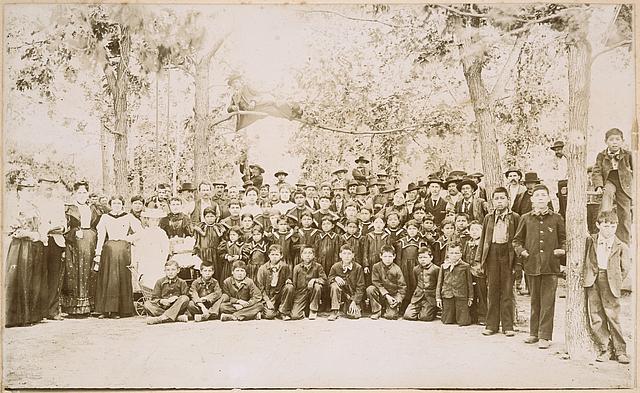‘Kill the Indian … Save the Man’: Tracing the Government’s Long, Racist History of Uprooting Native Children
This project was produced as part of a project for the USC Annenberg Center for Health Journalism's National Fellowship.
Other stories by Jessica Washington include:
How Minnesota’s Foster Care System Reminds Native Moms of a Racist Legacy

(Minnesota Historical society)
By Jessica Washington, Tiffany Arnold
For decades, Native mothers and their advocates in Minnesota have been calling attention to the state’s child welfare system, which they say is inherently and unrelentingly stacked against them and the preservation of their families and culture.
Over the eight months, The Fuller Project has launched an intensive investigation into the practices of Minnesota’s child welfare system and its impact on Native families. According to Minnesota’s Department of Human Services, Native children in Minnesota are nearly 17 times more likely than white children to end up in out-of-home care.
To understand how Minnesota got here, The Fuller Project has traced the history of Native family separations back decades. Our reporting explores the intimate connection between the “boarding school era,” the “adoption era,” and today’s modern child welfare system. Although each system is different, for those personally impacted by them, the result, hundreds of Native children separated from their families and communities of origin, feels shockingly familiar. Below, our interactive timeline walks readers through the history of large-scale Native family separations ending with the current era.
[This story was originally published by The Fuller Project.]

